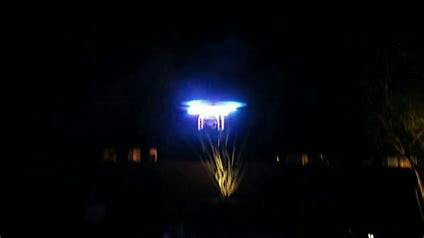“COSMICS” AND “PHANTOMS”: UKRAINIAN INDEPENDENT STUDY REVEALS OBSERVATIONS OF UNIDENTIFIED AERIAL PHENOMENA
By MICAH HANKS
In a recent paper announcing their findings, the researchers say they have created “a special observation technique” they use “for detecting and evaluating UAP characteristics.” Based on the events they have observed, they break down their observations of UAP into two primary categories, which they call “Cosmics” and “Phantoms.”
“We note that Cosmics are luminous objects, brighter than the background of the sky,” the authors write, noting three subcategories of Cosmics each named after various birds: swift, falcon, and eagle, whereas “Phantoms are dark objects, with contrast from several to about 50 percent.”
The Ukrainian team says they have detected UAP under a variety of conditions and have observed what they characterize as “a significant number of objects whose nature is not clear.”
Unidentified anomalous, air, and space objects are deeply concealed phenomena,” the authors conclude, adding that the primary characteristic of the UAP they have observed is “extremely high speed.”
Link :-
The Paper
Unidentified aerial phenomena I. Observations of events
B.E. Zhilyaev, V.N. Petukhov, V.M. Reshetnyk
NASA commissioned a research team to study Unidentified Aerial Phenomena (UAP), observations of events that cannot scientifically be identified as known natural phenomena. The Main Astronomical Observatory of NAS of Ukraine conducts an independent study of UAP also. For UAP observations, we used two meteor stations. Observations were performed with colour video cameras in the daytime sky.
We have developed a special observation technique, for detecting and evaluating UAP characteristics. According to our data, there are two types of UAP, which we conventionally call: (1) Cosmics, and (2) Phantoms. We note that Cosmics are luminous objects, brighter than the background of the sky. Phantoms are dark objects, with contrast from several to about 50 per cent. We observe a significant number of objects whose nature is not clear.
Phantoms are observed in the troposphere at distances up to 10 - 12 km. We estimate their size from 3 to 12 meters and speeds up to 15 km/s.
Link :- https://arxiv.org/abs/2208.11215



Comments
Post a Comment